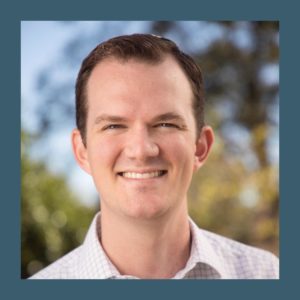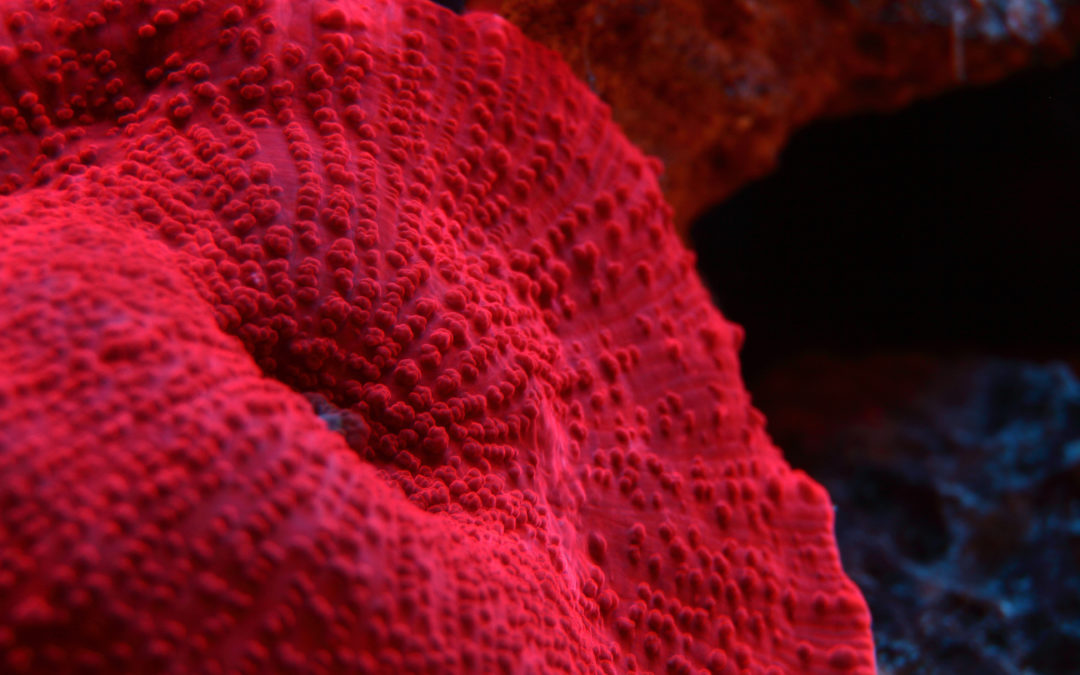Learn more about the experts that deliberated on the only international prize that examines how startups see nature as our mentor and not as a warehouse of goods.
In 1994, Ray C. Anderson asked himself all those questions when he realized his company, Interface, needed a sustainability overhaul. This “spear in the chest” epiphany led to what Ray later called his Mid-Course Correction, the beginning of his quest to prove that sustainability was not just the right thing to do, it was the smart thing to do for business.
Created in honor of Ray, this $100,000 prize sparks the next generation of businesses and social enterprises that prioritize people and planet and are bringing us one step closer to a regenerative world.
Here, you can learn more about the 9 incredible candidates for this year’s grand prize, representing a range of industries. From eliminating toxic paints and dyes, to providing a new, life-friendly approach to marine infrastructure, these game-changing companies are providing a “ray of hope” in the world today.

Werewool, a finalist in the Ray of Hope Prize, is seen here. Members of the company joined together as a Biomimicry Global Design Challenge team and moved on into the Launchpad after becoming finalists in the Challenge.
Each year, we typically have an in-person pitch event, where the finalist teams get to pitch their biomimetic product or service to our panel of judges, but this year, of course, it was all done virtually. Comparing and ranking startups across industries and stages is challenging, and keeping nature’s standards in mind is an even more challenging task. Can we meet her expectations?
Today, the stakes are higher than ever and us humans could use the help. In order to keep these priorities top of mind, we cultivated a panel of judges who are trusted experts in the fields of biomimicry, sustainable product design and innovation, environmental sciences, and entrepreneurship. They took nature’s principles of good design into consideration with all their decision-making (more info on that criteria below). And tomorrow, we’ll get to hear who they selected on-stage during the mainstage plenary at Circularity 20.
Our panel of judges
Without further ado, here are the kind homosapiens who took on this rather Herculean task :
 The Scientist Philosopher—
The Scientist Philosopher—
Janine Benyus, Co-founder, Biomimicry 3.8 and the Biomimicry Institute (that’s us!)
Janine Benyus is the Co-founder of Biomimicry 3.8 and the Biomimicry Institute. She is a biologist, innovation consultant, and author of six books, including Biomimicry: Innovation Inspired by Nature. Since the book’s 1997 release, Janine’s work as a global thought leader has evolved the practice of biomimicry from a meme to a movement, inspiring clients and innovators around the world to learn from the genius of nature.
She has personally introduced millions to biomimicry through two TED talks, hundreds of conference keynote presentations, and a dozen documentaries such as Biomimicry, produced by Leonardo DiCaprio’s Tree Media, 11th Hour, Harmony, and The Nature of Things with David Suzuki, which aired in 71 countries. Most recently, Janine has been a featured speaker at Harvard’s SHINE conference, Sustainable Brands, and Bloomberg BusinessWeek Design. However, Janine’s favorite role is biologist at the design table, where she introduces innovators to 3.8 billion years worth of brilliant, time-tested solutions through her work at Biomimicry 3.8.
 The Guy Who’s Been Through It Already —
The Guy Who’s Been Through It Already —
Joseph A. Pugar, Co-founder and CEO, Aruga Technologies
Joe Pugar was part of the original Aruga research team at The University of Pittsburgh (Pittsburgh, PA). While studying materials engineering at Pitt, he and a group of vascular surgery and material scientists developed the technology that is now the Aruga platform. In 2018, Joe co-founded the company and has been growing it from a life sciences accelerator, LifeX, since. Joe is a Pittsburgh native, current PhD. candidate, and biomimicry enthusiast. Aruga Technologies was runner up in the Ray of Hope Prize® voting in 2019.
 The Legacy Holder —
The Legacy Holder —
John Lanier , Executive Director, Ray C. Anderson Foundation
John Anderson Lanier is Ray Anderson’s grandson and executive director of the Foundation created by the Interface founder. He’s furthering the work of his pioneering grandfather by writing the rest of his story — literally and figuratively. Mid-Course Correction Revisited (Chelsea Green, May 2019) is a reissue of Ray’s 1998 book with an update on the company’s journey to sustainability, and new chapters by John that capture the lessons learned from the Interface journey and the implications for the next generation in business and industry.
John currently serves as Chair of the Board of Directors for Southface, the southeast’s nonprofit leader in the promotion of sustainable homes, workplaces and communities through education, research, advocacy and technical assistance. Lanier was a member of the 2014 class of the Institute for Georgia Environmental Leadership (IGEL). He earned his Juris Doctorate from the University of Virginia School of Law, and he holds Bachelor of Arts Degrees in History and Economics from the University of Virginia. He is an Atlanta native married to Chantel, and the two of them have two children, Joseph Ray (J.R.) and Cecilia.
 The Conservationist —
The Conservationist —
Deron Davis, Executive Director, The Nature Conservancy in Georgia
Deron leads a team working across Georgia to protect land and water, tackle climate change, provide food and water sustainably, and build healthy cities. A native Georgian, Deron came to TNC from the Georgia Department of Natural Resources where he served on the State Water Plan leadership team, launched a water conservation campaign and directed an environmental school improvement program.
Mr. Davis is the sponsor of a nine-state initiative conserving longleaf pine; serves on the executive committee of the Captain Planet Foundation; and, led the Georgia Outdoor Stewardship Coalition which helped establish the state conservation trust fund. Deron is a graduate of the University of Georgia, and alumnus of the Institute for Georgia Environmental Leadership and a member of Leadership Atlanta class of 2020.
 The Tech Talent Scout —
The Tech Talent Scout —
Lila Taylor , Chief Business Officer, Demy-Colton
Lila works closely with hundreds of early and mid-stage tech and biotech companies every year in her role as head of the Presenter Selection Committee for the Biotech Showcase, Digital Medicine & Medtech Showcase and Seed Showcase, as well as being on the selection committee for HealthTech Capital and the due diligence team for the Portfolia Active Aging & Longevity Fund. As Chief Business Officer of Demy-Colton, Lila builds relationships with biotechnology and pharmaceutical companies, industry stakeholders, and venture capitalists to shape innovative conferences worldwide, and continues to seek out the most promising tech and biotech companies from around the world to present at investor and partnering events. Lila was educated as a geologist and mineralogist and has a life-long passion for structures from nature that provide design cues for better consumer products and medicines. She is an avid gardener with a focus on permaculture and (nearly) forgotten varieties of fruits, vegetables, and trees.
 The Circular Economy Guru —
The Circular Economy Guru —
Jamie Lee Mattison, Senior Manager, EY Americas Climate Change and Sustainability Services
Jamie Lee Mattison is a Senior Manager in Ernst & Young LLP’s United States Climate Change and Sustainability Services practice with over ten years experience working with global clients to strengthen their sustainability performance and demonstrate industry leadership. She specializes in driving circular economy and waste management initiatives. Since 2018, she has had a leading role in the establishment of the Alliance to End Plastic Waste, which brings together over 45 companies across the plastics value chain through their commitment to invest USD $1.5 billion towards impact-driven projects that eliminate plastic waste from entering the environment.
Jamie has co-authored articles on “Purpose-led brands” (in conjunction with Sustainable Brands), and on the state of the renewable energy industry. She holds a Bachelor of Commerce and Arts from the University of Sydney, has been a guest speaker at Tufts University, and is currently pursuing a Masters of Sustainability through Harvard University.
The judging criteria of emulate, ethos, and (re)connect
Biomimicry is a practice that learns from and mimics the strategies found in nature to solve human design challenges. Distinct from bio-inspired or sustainable design, the practice of biomimicry consists of three interconnected essential elements — emulate, ethos and (re)connect.
Asking our panel of judges to make their determinations based upon these essential elements is what sets the Ray of Hope Prize® apart from all other sustainable innovation awards. How can these innovations bring us one step closer to a more regenerative world? And how can we ensure that nature’s wisdom is brought to every design table?
Emulate
Emulate is the most familiar element, representing the design and innovation aspect of biomimicry. This element refers to the forms, functions, systems, interactions, and processes found in nature that have been “mimicked” in a given product or technology. Emulate is where the artistry of biomimicry can emerge.
Ethos
The ethos element refers to the deeper underlying ethics of biomimicry. Asking questions such as: “What are the sustainability goals for your company and product?” and “How is your innovation more sustainable than alternatives?” helps reveal a startup’s ethos. This element also asks how compatible an innovation or business is with all surrounding living systems. Does it promote ecological diversity? Is it safe? Are more things healthy and alive because of it? It’s this explicit commitment to creating designs that are well-adapted to our ecosystems that sets biomimicry apart.
(Re)connect
Finally, the (re)connect element reminds us that we are an integral part of nature. This aspect of biomimicry encourages inventors and entrepreneurs to think about how their personal connection to nature informs their work. It also asks “How could your design, directly or indirectly, help other people connect more fully to nature?”
As part of this judging process, we asked our panel of judges to consider all three of these elements for each startup. Their decision was a very difficult one because all of the finalists had deep connections to these three elements. Alas, there can only be one… Join us virtually tomorrow at Circularity 2020 and see who takes home the win via LIVE feed!

